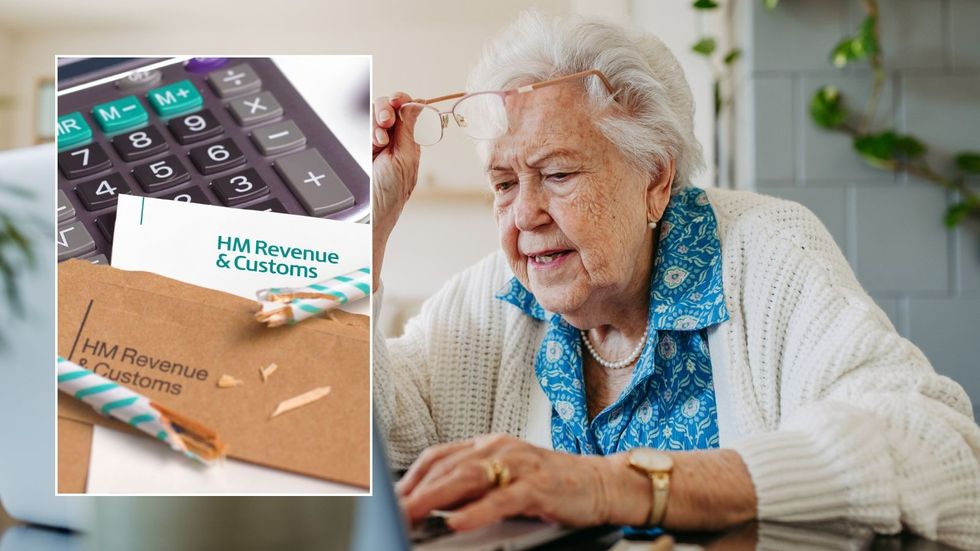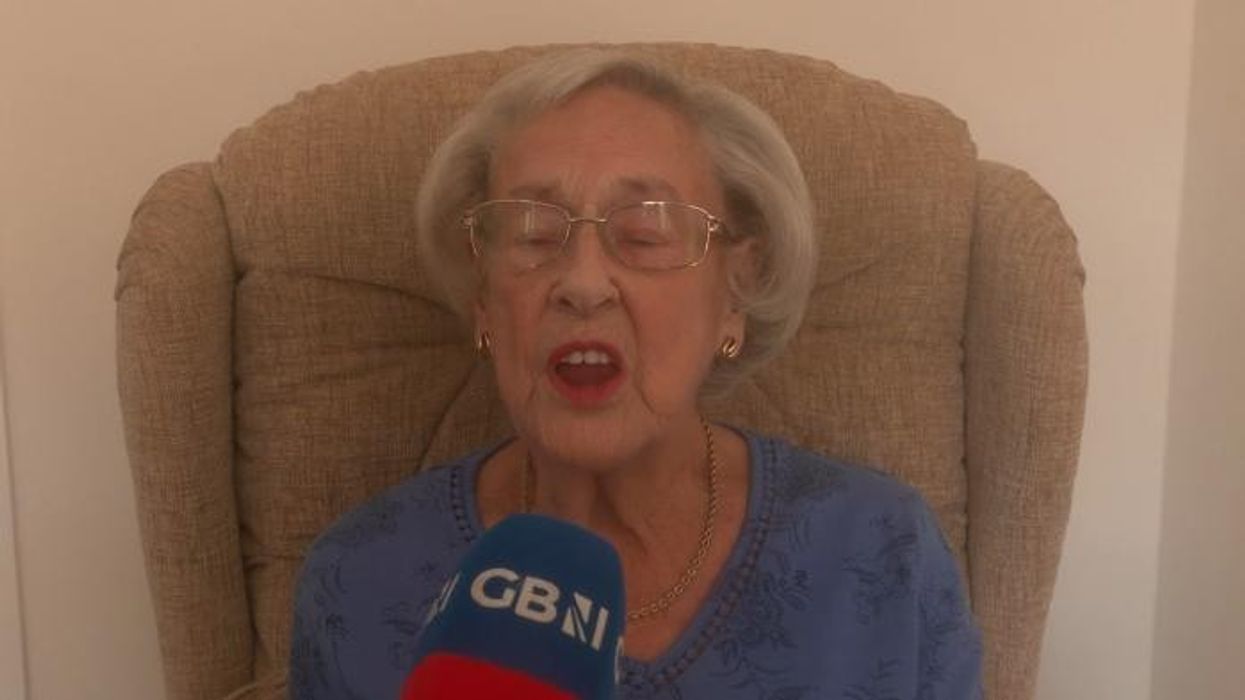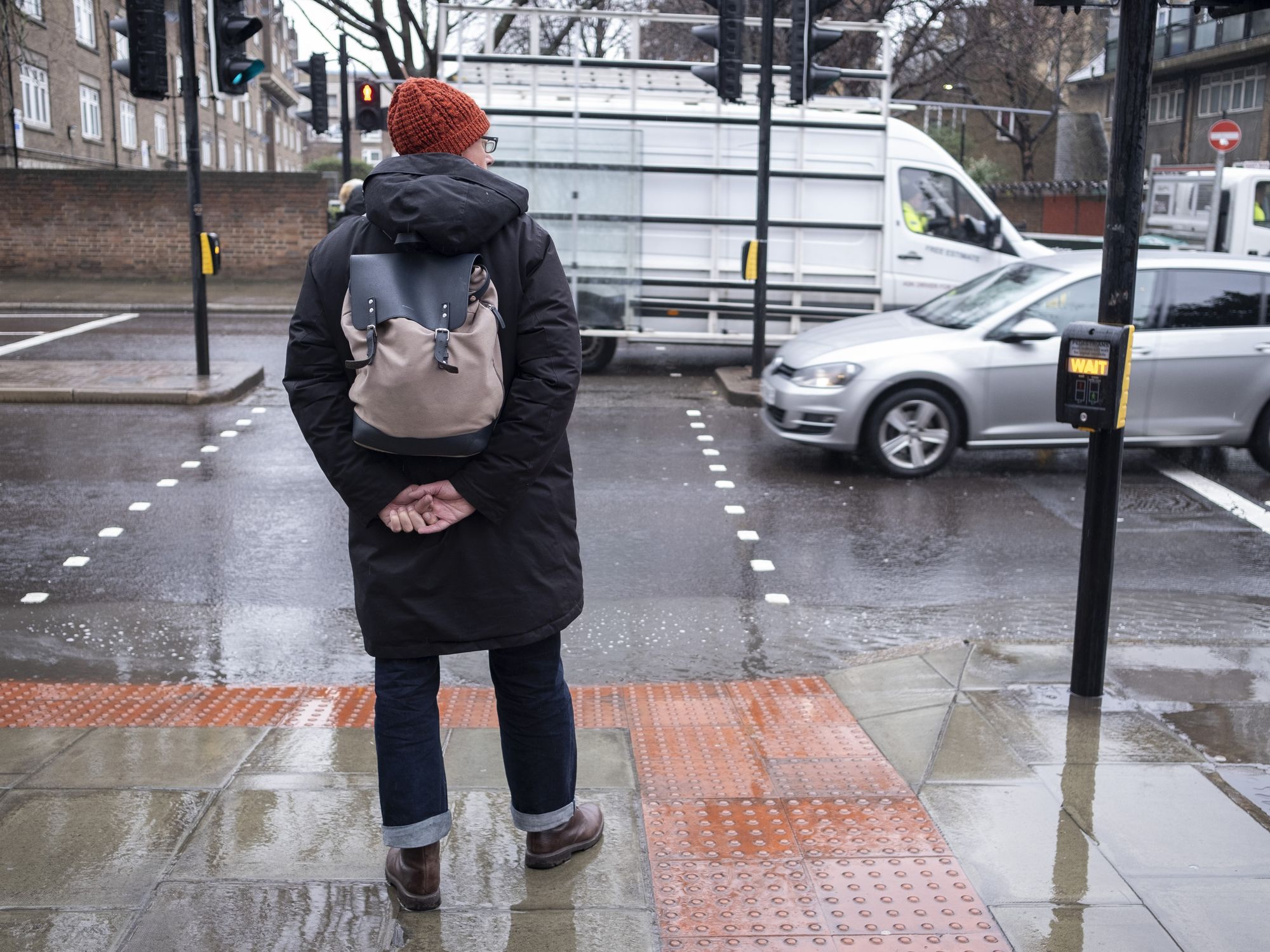Pension warning: Thousands drain retirement savings after £30,000 tax hit - but there are ways to avoid it

Larger withdrawals resulted in tax bills of at least £98,700 per person
Don't Miss
Most Read
Thousands of pension savers have been hit with big tax bills after withdrawing money from their pensions.
Experts warn these significant tax hits could be avoided through more strategic withdrawal approaches.
Nearly 1,600 Britons have fully withdrawn pension pots worth between £100,000 and £249,000 in a six-month period, each facing tax bills of at least £27,400, new analysis reveals.
Standard Life's examination of FCA figures shows 1,593 people fully encashed these substantial pension pots between October 2023 and March 2024. This represents an increase of 56 individuals compared to the same period a year earlier.
The tax implications are severe, with those withdrawing the full amount after tax-free cash facing immediate and substantial tax bills.
For those withdrawing pots at the middle point of this range (£174,500), the tax bill rises to approximately £64,700. Experts warn these significant tax hits could be avoided through more strategic withdrawal approaches.
The figures represent part of a wider trend, with an additional 292 people fully encashing even larger pension pots exceeding £250,000 during the same period. These larger withdrawals resulted in tax bills of at least £98,700 per person.
 Some pensioners are able to avoid the tax man | GETTY
Some pensioners are able to avoid the tax man | GETTY The tax burden has increased for those making large withdrawals compared to the previous tax year. This is partly due to the threshold for additional rate tax being lowered from £150,000 to £125,140 from April 2023.
Those encashing pots of £250,000 paid an additional £1,200 in tax compared to the previous year.
Standard Life's analysis notes that these calculations only consider the pension itself, with many individuals likely facing even higher tax bills if they had other sources of income at the time of withdrawal.
The substantial tax bills arise because of how HMRC treats pension withdrawals. When individuals fully encash their pension, anything above the 25 per cent tax-free allowance is taxed as income, effectively treating it like a salary payment.
This means withdrawals are subject to the standard income tax bands, pushing many individuals into higher tax brackets. Taking large sums in one go can be particularly punitive from a tax perspective.
LATEST DEVELOPMENTS:

HMRC is urging people to avoid potential penalties
| GETTYThe tax system is designed to encourage gradual pension withdrawals rather than full encashment. Many people may not realise that by taking their entire pension in one lump sum, they could lose a significant portion to taxation.
This approach contrasts with more measured withdrawal strategies that could keep individuals in lower tax brackets and preserve more of their retirement savings.
Mike Ambery, Retirement Savings Director at Standard Life, part of Phoenix Group, commented on the findings: "A huge number of people are paying a disproportionate amount of tax to access their pension.
"It's impossible to know whether their individual circumstances warranted them taking such a big tax hit, but for the vast majority of people it's something they'll want to avoid."
He said: "While some people want to withdraw their entire pension and put it in their bank account for ease of access, this can be financially detrimental.

Ambery suggested considering a combination of flexible and guaranteed income options to maximise tax efficiency
| GETTY"Not only does this mean their savings become eligible for tax but it also means they're potentially giving up investment returns."
Ambery suggested considering a combination of flexible and guaranteed income options to maximise tax efficiency. He offered several practical tips for more tax-efficient pension withdrawals.
He advised working with the Personal Allowance, noting: "The simplest way to avoid paying too much tax is to make sure you don't take any more from a pension pot than you need to. Taking it in small, regular chunks could keep your tax bill down."
He suggested combining tax-free and taxable withdrawals strategically, explaining that pension holders could take £1,000 monthly from the taxable portion (staying under the £12,570 personal allowance) plus £1,000 from the tax-free portion, creating £2,000 monthly income without tax liability.
Ambery also recommended using ISA savings alongside pension withdrawals: "Unlike your pension pots, the savings in your ISA generally won't be taxed at all when you take them," suggesting ISAs could cover higher expenses in early retirement years.
More From GB News











